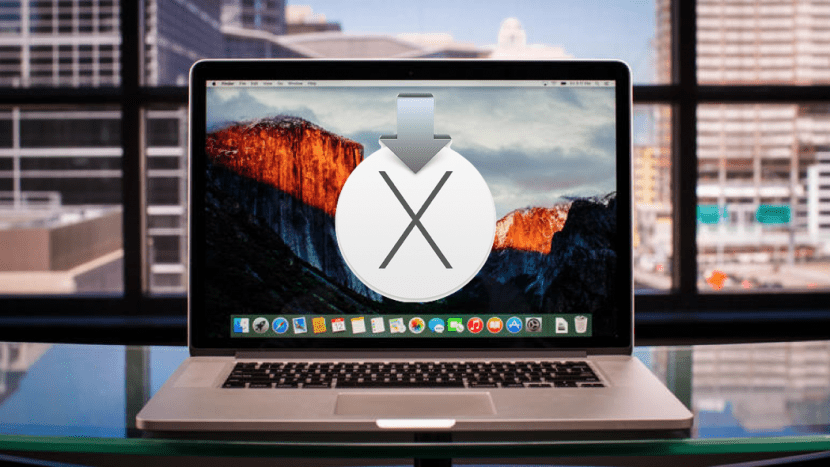
Sometimes it happens and even if we don't want to, system problems usually appear on many occasions without prior notice, such as corruption of data on the hard drive on your Mac, or if, on the contrary, the behavior of the system is irregular, it may be necessary perform maintenance on the user account such as the resetting passwords or repairing permissions.
For this we will have to use the tools that Apple includes in hidden recovery drive which is part of OS X. However, in some cases like RAID solutions, it may not exist a recovery partition, in which case there are several alternatives that can be used, even if we do not have an internet connection.

1.Internet Recovery
If you have a relatively fast Internet connection, you can boot your computer by holding down the Option-Command-R keys to force your Mac to load the recovery tools from Apple's servers. It is a download of approximately 500MB in size, making it the most popular alternative, however may not be feasible in all circumstances, obviously especially if we do not have an internet connection.
2.Time Machine
If you have Time Machine set up on your Mac, then it can be helpful to know that you have a backup available. While this is not going to offer all the features that the default recovery partition does, it is a way to quickly reinstall or recover OS X from that backup. To access this partition, you have to make sure that the Time Machine drive is connected to your Mac to later restart the computer with the Option key pressed. When the list of startup drives is displayed, we'll select the drive indicated by Time Machine.
3. Another boot drive
Finally, if you have the OS X installer, that is, downloaded from the App Store, you can use it to create an OS X installer on an external hard drive and then boot this unit from your computer to run the utilities on the hard drive principal. Although this installer can also be used to create a dedicated recovery unit.
Alternatively, you can boot your Mac in target disk mode by holding down the T key while the system starts (just when you hear the boot sound), and connect another one via Firewire or Thunderbolt to allow let your Mac act as an external drive for a second Mac so you can run diagnostics and other tools.
Hello:
20 days ago I updated my mac to macOS High Sierra and everything went well, but again it asked for another security update and when updating it forced the shutdown because it took a long time, and now it does not connect to the Network and I cannot enter the App Store
Good night, the same thing happened to me as to Carlos, a High Sierra security update was installed, the machine was restarted, it asks for my password, I put it on it, it loads a black bar but upon arrival there is an emblem «circle with a diagonal line »And it doesn't come from there. I already gave him recover from Internet Recovery and nothing. What I can do?